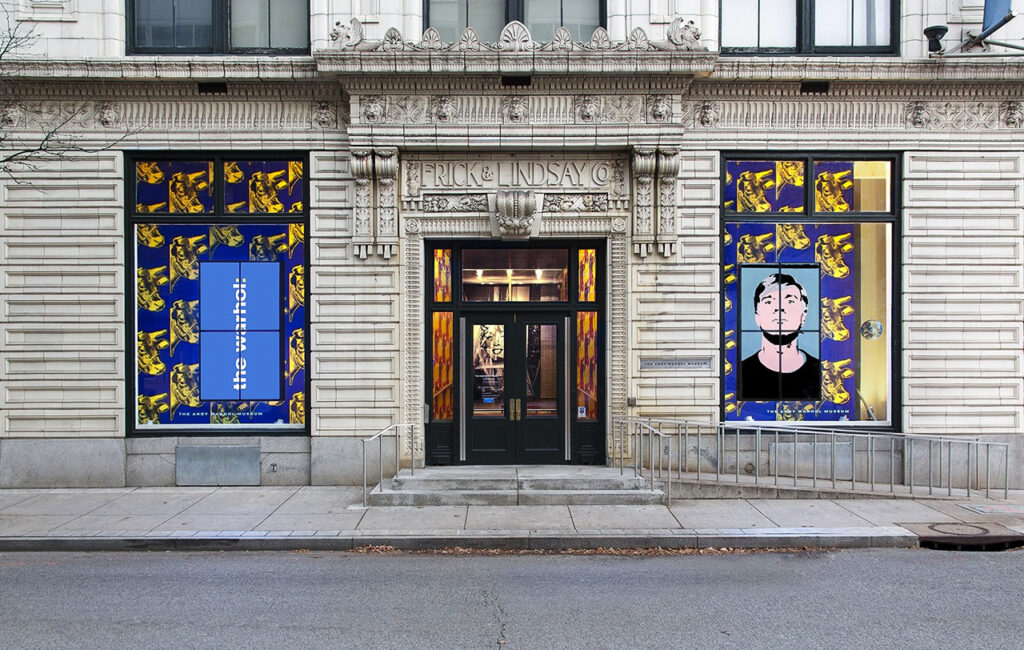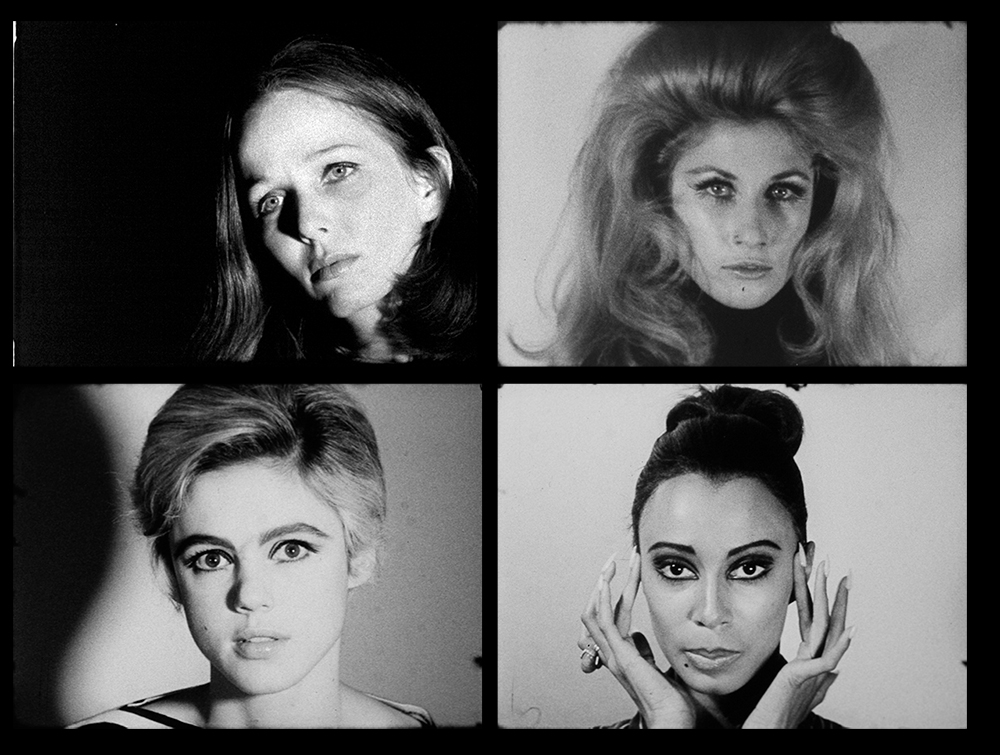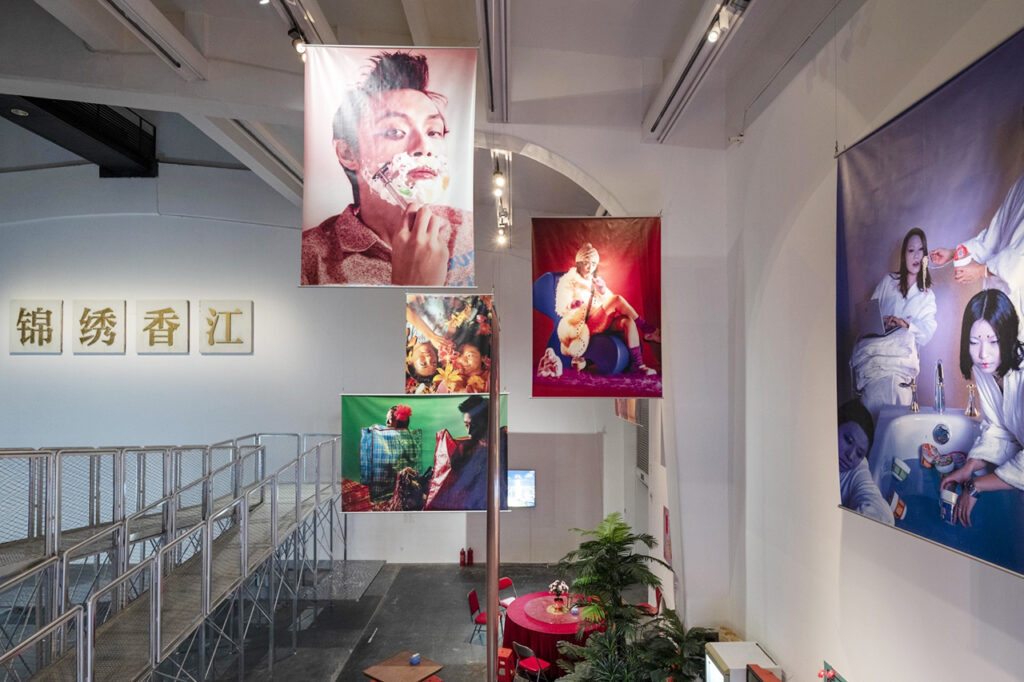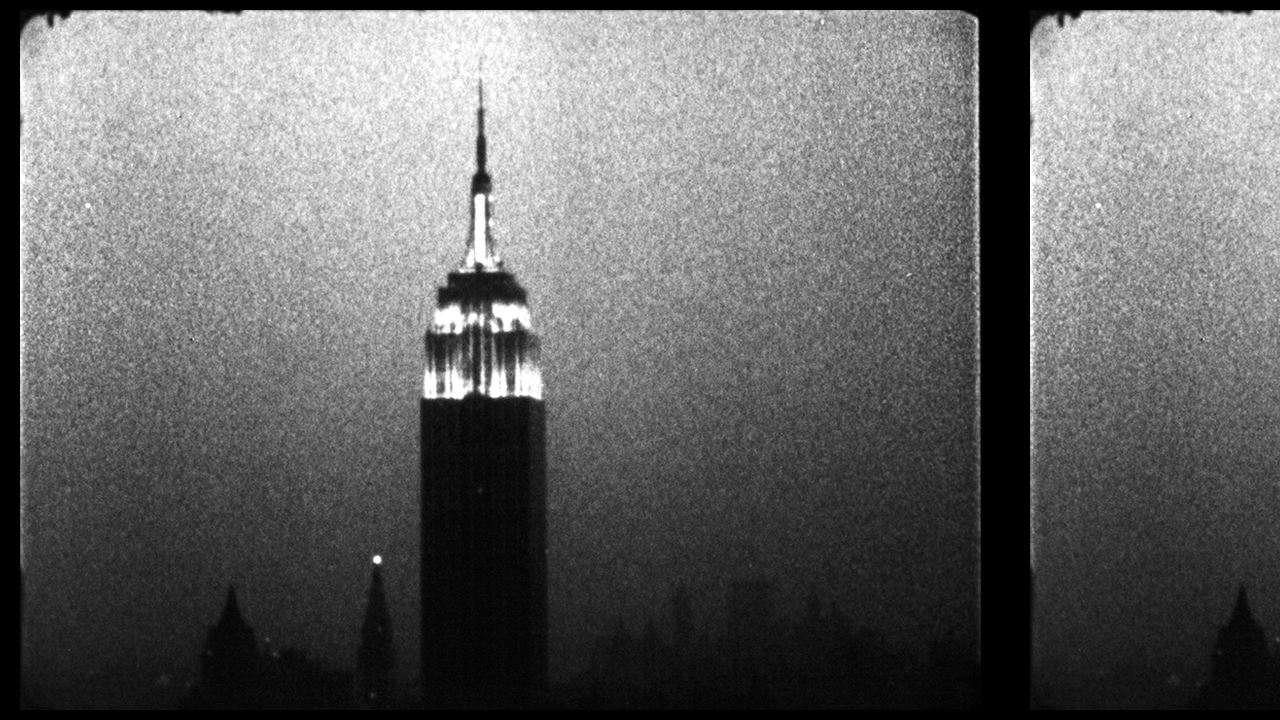From July 3 to October 10, UCCA Center for Contemporary Art will present the most comprehensive exhibition of Andy Warhol staged to date in China. Becoming Andy Warhol comprises around 300 works by the legendary Pop artist, selected from the collection of The Andy Warhol Museum (Pittsburgh). Based on groundbreaking research, the innovative show brings together Warhol’s classic paintings, prints, and drawings with his films and photography.
Structured into five sections, the exhibition crafts a non-linear narrative that begins with a focus on Warhol’s early work, archival material, and historical photographs, underlining the influence of his youth in Pittsburgh on his practice as a whole, and marking the first time an approach of this depth has been featured in a solo exhibition for the artist outside of The Andy Warhol Museum.
This exhibition is curated by Jose Carlos Diaz and Patrick Moore, Chief Curator and Director of The Andy Warhol Museum, respectively, and will subsequently travel to UCCA Edge (Shanghai) after appearing at UCCA. Below, Moore and Philip Tinari, Director of UCCA, discuss Warhol’s enduring impact on youth culture, Chinese contemporary art, and cultural diplomacy.
Patrick Moore, Director, The Andy Warhol Museum: Phil, when you first visited The Warhol several years ago to discuss a possible project, I was impressed that you spoke about your interest in lesser-known aspects of Warhol’s work. Surprisingly, for arguably the most famous artist in the world, there are areas of Warhol’s practice that do still remain relatively unknown outside the art world.
Because Warhol’s career was so varied and so prolific, he remains endlessly fascinating to me and, more importantly, to young people. The average age of our visitors at The Andy Warhol Museum is far younger than most museum audiences. Could you speak a little about what people in China, especially the youth, currently think about Warhol and why you believe they will be engaged by this show?

The Andy Warhol Museum is home to the largest collection of Warhol’s works, not limited to his pop paintings, sculptures, photographs, film output, and archival ephemera. Image: Abby Warhola / The Andy Warhol Museum
Philip Tinari, Director, UCCA Center for Contemporary Art: Honestly, I think the basic understanding of Warhol in China is probably somewhat similar to what it is in the US and elsewhere: people know those iconic works, and maybe the concept of Pop, but they don’t necessarily understand the depth and diversity of the larger practice. One thing we have been trying to do at UCCA in recent years — in addition to the exhibitions of key living Chinese and international artists that have been our mainstay since the beginning — is to bring art history to life for audiences in China by confronting them with comprehensive exhibitions of works by major figures who have laid the groundwork for our contemporary moment.
Add to that how the idea of commercial “crossovers” has become so key to this younger generation’s understanding of fashion and culture in China these last few years, and Warhol — both the early commercial artist and the late cultural icon — becomes more relevant than ever. I hope that visitors come away from this exhibition with a sense of just how much he contributed to and anticipated the ways we relate to the world around us.
Patrick, on that same visit, I was struck by a conversation with one of your educators. I was noting that we might be dealing with an audience that doesn’t know much about, say, Marilyn Monroe or Jackie Kennedy or Elvis, and your colleague noted that neither do some of the primary and secondary school students who visit The Warhol in Pittsburgh. It sort of forces us to think about Warhol beyond his particular era and subject matter. I wonder how you see his continued relevance to a critical understanding of the here and now, and how you try to convey that through your program.

Andy Warhol’s Screen Tests featuring (clockwise from bottom left) Edie Sedgwick (1965), Brooke Hayward (1964), Jane Holzer (1964), and Donyale Luna (1965). Image: © The Andy Warhol Museum, Pittsburgh, PA, a museum of Carnegie Institute. All rights reserved.
Moore: Sometimes I give young people tours and we stand in front of what is arguably our collection’s masterpiece, “Elvis Eleven Times.” I ask the young people if they know who Elvis was and they shake their heads no. I explain that this is what I see in the Elvis painting, that no matter how famous a person is, there will be a time when they are forgotten. We talk about how on the right side of the painting, Elvis is clear and crisp and almost standing in front of us, but as the images go down the canvas, Elvis just fades away into the silver ether.
It’s also important to present a wide range of media, as we are at UCCA, because that’s how youth communicate today. They don’t necessarily see a difference or hierarchy between painting, film, music, and nightlife. And neither did Warhol. We have interactive displays such as our Screen Test Machine that allows visitors to literally make a work in the same way Warhol made his.
You mentioned, Phil, that at UCCA you present key living artists along with major figures in art history. At The Warhol, we do something similar in terms of giving first or early museum shows to living artists who we feel are relevant to Warhol’s legacy. We also presented an important Ai Weiwei exhibition that literally juxtaposed Warhol’s work with Ai. Are there living Chinese artists, other than Ai Weiwei, who you see as having a strong connection with Warhol’s practice?
Tinari: I see the Warholian spirit most alive in the work of artists like Cao Fei, whose exhibition Staging the Era immediately precedes ours. She has been obsessed throughout the two decades of her mature practice with depicting the people at the core of the transformations that have unfolded since China began its economic reforms late in Warhol’s life.

Installation view of Cao Fei’s Staging The Era at UCCA Beijing. Image: UCCA
Which leads me to a question for you, Patrick: in this moment of reassessment and realignment, the US is again confronting so many of its ingrained inequities and unresolved questions, while China is reckoning with its new place in the world. It’s a very different moment even from 2013, when The Warhol toured part of its collection in Asia with the exhibition 15 Minutes Eternal. What do you hope might come of this encounter that we are working to stage? How does that fit into The Warhol’s global mission?
Moore: I actually do believe in the concept of “cultural diplomacy.” As stewards of Warhol’s legacy, I believe we can have an impact through presenting Warhol’s work in countries that have complicated interactions with America. It is important when we present Warhol around the world that we remind audiences that Warhol was not born into the glittering social world of New York, even though he is often associated with glamour and wealth. Instead, he was the son of poor, highly religious immigrants and grew up in Pittsburgh, a city with huge divides between the wealthy and the impoverished. Both inequity and the American dream are essential to really understanding Warhol.
Tinari: Living in Beijing these past fifteen-plus years, I’ve come to believe that one of the greatest points of convergence between contemporary China and the America we hold dear is this possibility of self-invention. All of the economic growth and social change that has taken place here has allowed for new subjectivities, new ways of imagining oneself and envisioning one’s life. That’s actually one of the most inspiring parts of Warhol’s legacy, this notion that one can articulate a persona and then grow into it.



